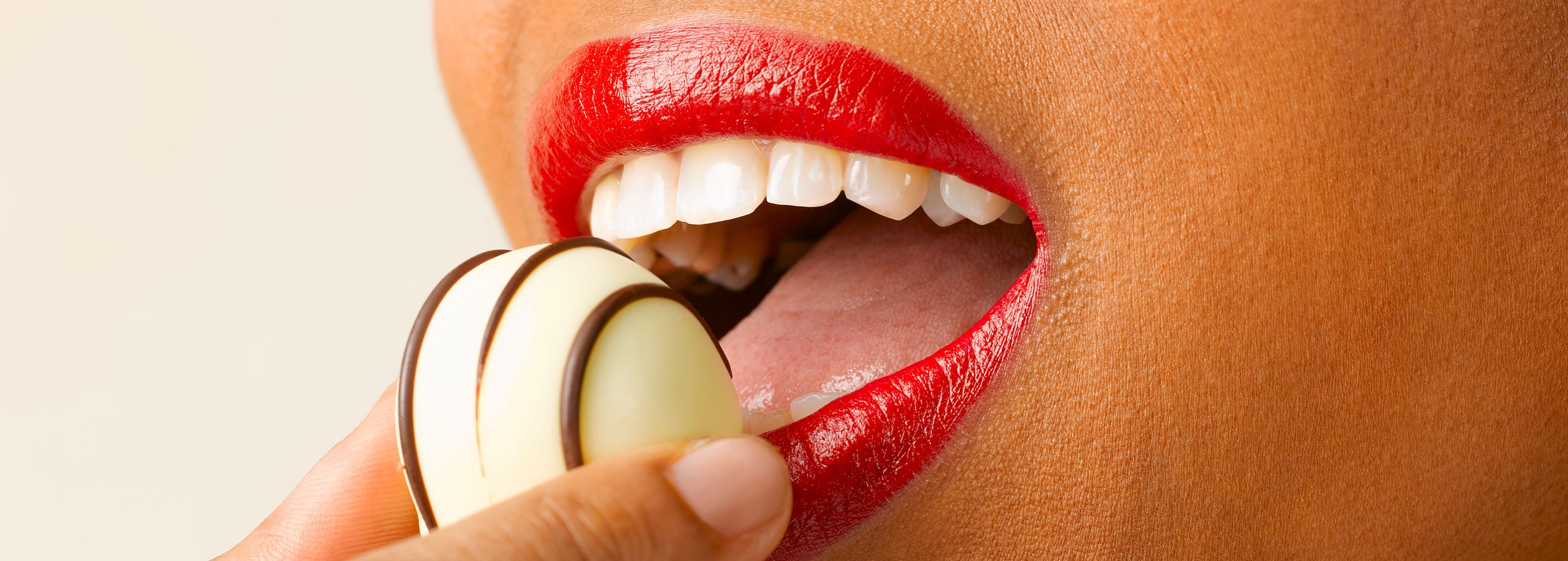A radiant, healthy smile is something many people desire. While a diligent oral hygiene routine is crucial, it’s also important to be aware of the foods and drinks that can contribute to teeth staining. From your morning coffee to your favorite evening treat, many common items can dull your pearly whites. This guide will explore the top culprits behind tooth discoloration and provide effective strategies to maintain a bright smile.
Top 20 Foods and Drinks That Stain Teeth
Certain foods and beverages contain properties that make them more likely to cause staining. Understanding these factors can help you make informed choices and protect your smile. Here’s a breakdown of the most common offenders:
1. Coffee: This popular morning beverage is a major contributor to teeth stains. Coffee’s dark color and tannins, compounds that cause stains to adhere to teeth, are the primary reasons for discoloration. Adding sugar only exacerbates the problem by introducing acids and bacteria that erode enamel.
2. Tea: Like coffee, tea contains tannins that promote staining. Darker teas, such as black tea, tend to cause more significant discoloration than lighter varieties.
3. Red Wine: This beverage contains tannins, natural dyes called chromogens, and acids. The combination of these elements can significantly stain teeth. The acid erodes the enamel, making teeth more vulnerable to the chromogens.
4. White Wine: While it might seem counterintuitive, white wine can also contribute to staining. The high acidity in white wine erodes tooth enamel, creating a rougher surface that is more susceptible to stains from other foods and drinks.
5. Soda: Both regular and sugar-free sodas are acidic and can weaken enamel. Dark-colored sodas also contain pigments that directly stain teeth.
6. Fruit Juice: Many fruit juices, especially those made from dark fruits like cranberries, blueberries, and grapes, contain intense pigments that can stain teeth. The sugar content in these juices also feeds bacteria, leading to enamel erosion.
7. Sports Drinks: These drinks are often high in acid and sugar, both of which can damage enamel and increase the risk of staining.
8. Curry: The vibrant pigments in curry can easily stain teeth. The porous nature of enamel makes it susceptible to absorbing these colors, leading to discoloration over time.
9. Citrus Fruits: While beneficial for overall health, citrus fruits like lemons, oranges, and grapefruits are highly acidic. This acid can erode enamel, exposing the yellow-colored dentin underneath.
10. Berries: Blueberries, blackberries, cherries, and other deeply pigmented berries can stain teeth. Their intense color can easily transfer to enamel, causing discoloration.
11. Sweets and Candy: Hard candies, cookies, and other sugary treats contribute to tooth decay and staining. Sugar feeds bacteria in the mouth, leading to acid production that erodes enamel. Some candies also contain artificial coloring that can stain teeth.
12. Tomato Sauce: The acidity and dark pigments in tomato sauce can stain teeth. Regular consumption of tomato-based dishes can lead to discoloration over time.
13. Balsamic Vinegar: This dark, acidic vinegar can erode enamel and stain teeth. Its strong color and sticky consistency make it a potent staining agent.
14. Grapes: As the base ingredient for wine, grapes naturally contain pigments that can stain teeth. Dark-colored grapes are more likely to cause discoloration than green grapes.
15. Beets: These root vegetables are notorious for their staining power. The intense red pigment in beets can easily discolor teeth, as well as skin and clothing.
16. Frozen Popsicles: Many popsicles are made with acidic fruit juices and artificial colors, both of which can damage enamel and stain teeth.
17. Soy Sauce: The dark color of soy sauce can stain teeth, especially with frequent consumption. Its high sodium content can also contribute to enamel erosion.
18. Pomegranates: Similar to other dark berries, pomegranates contain pigments that can stain teeth. Enjoying this fruit in moderation and practicing good oral hygiene can help minimize staining.
19. Starchy Foods: Foods like bread and pasta are high in starches, which break down into sugars in the mouth. These sugars feed bacteria and contribute to acid production, leading to enamel erosion and increased susceptibility to staining.
20. Food Coloring: Artificial food coloring, especially in vibrant shades, can stain teeth. These dyes are designed to adhere to surfaces, making them likely to discolor enamel.
How to Remove and Prevent Teeth Stains
While many foods and drinks can stain teeth, there are several effective strategies to minimize discoloration and maintain a bright smile:
- Practice Good Oral Hygiene: Brushing your teeth twice a day for two minutes each time and flossing daily are essential for removing plaque and surface stains.
- Use Whitening Toothpaste: Whitening toothpastes contain mild abrasives that help remove surface stains. Look for toothpastes with the ADA Seal of Acceptance to ensure they are safe and effective.
- Consider Whitening Treatments: Over-the-counter whitening strips, gels, and mouthwashes can help remove deeper stains. Professional teeth whitening treatments offered by dentists provide even more dramatic results.
- Rinse After Eating or Drinking Staining Substances: Rinsing your mouth with water after consuming staining foods or drinks can help wash away pigments and acids, reducing the risk of discoloration.
- Use a Straw: When drinking staining beverages like coffee, tea, or soda, using a straw can help minimize contact with your teeth.
- Visit Your Dentist Regularly: Regular dental checkups and cleanings can help remove plaque and tartar buildup, preventing stains from setting in. Your dentist can also provide personalized recommendations for maintaining a bright smile.
Maintaining a bright, healthy smile requires awareness of the foods and drinks that can stain teeth, as well as consistent oral hygiene practices. By understanding the culprits behind tooth discoloration and implementing preventive measures, you can enjoy your favorite foods and beverages without sacrificing the appearance of your smile. Consult with your dentist to determine the best strategies for maintaining your individual oral health and achieving a radiant, confident smile.
Sources:

